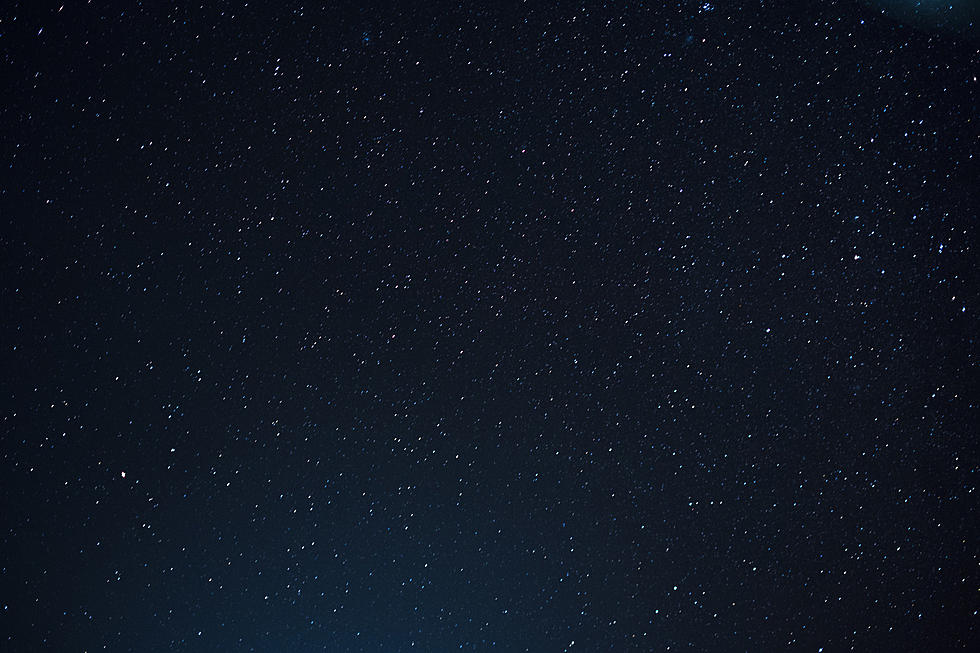
You Can’t See Millions of Stars at Night
If you're stargazing with your children and one of them says, "Look at all those stars! I can see millions and billions of them." He/she is a liar. Read on....
As the cooler nights begin to creep in --- you’ll be able to see more stars than you did in the summer. Maybe you’ve already gotten up early enough in the morning to see Orion towering to the south.
But why does it seem like we can see MORE stars in the colder months --- and why do the stars in the winter appear to be brighter?
In the colder months, we are facing away from the center of our galaxy, where there are fewer stars between us and deep, deep, deep space. We’re also looking toward some gigantic stars located in this direction during the winter months --- including Betelgeuse and Rigel which are located in the constellation Orion. Betelgeuse and Rigel are two of the seven brightest stars visible in the Northern Hemisphere – and you can only see Orion as the calendar turns to the colder months.
But Sirius is the brightest star in the winter sky. It’s so bright that only a few planets, the full moon, and the International Space Station outshine this star. (and of course, the Sun)
According to earthsky.org: When we’re looking into the night sky during the summer months of June, July and August – we’re looking toward the combined light of billions upon billions of stars, which gives the sky a hazy look.
What if you were away from city lights in Iowa -- on a moonless night with no clouds or (sometimes) wildfire smoke blocking your view of the sky. How many stars do you think that you see with the naked eye?
Earthsky.org says that there is really no definitive answer to this question. It would be nearly impossible to count all the visible stars.
However, the higher end of the estimates seems to be about upwards of 10,000 visible stars from Earth. But remember, at any given time, half of our planet is in daylight. So only half the estimated number – between 5,000 and 2,500 stars – would be visible from Earth’s night side --- AND there’s a constant haze around the horizon, so that could bring that number of visible stars down to around 2,000.
Plus, other factors need to be added: Strength of your vision, your age, how long you’ve allowed your eyes to adapt to the darkness, the moonlight, city lights, etc. Plus, in the summer, all the moisture in the air also creates some haze.
But, it’s a safe bet to say that you can see “thousands of stars” during the cold winter months.
Ten Iowa Trivia Questions
READ ON: Weird, wild UFO sightings from throughout history
More From 97.7 KCRR









